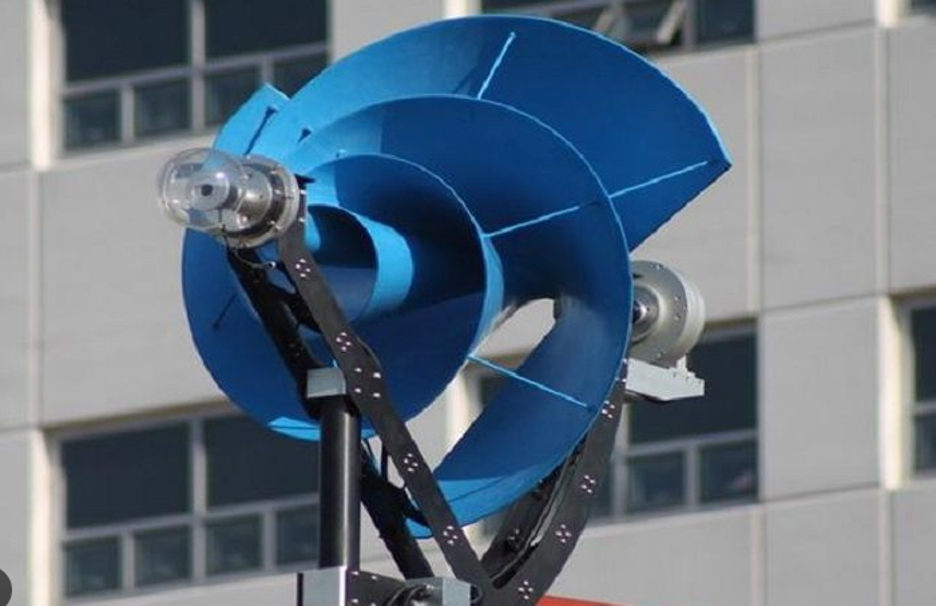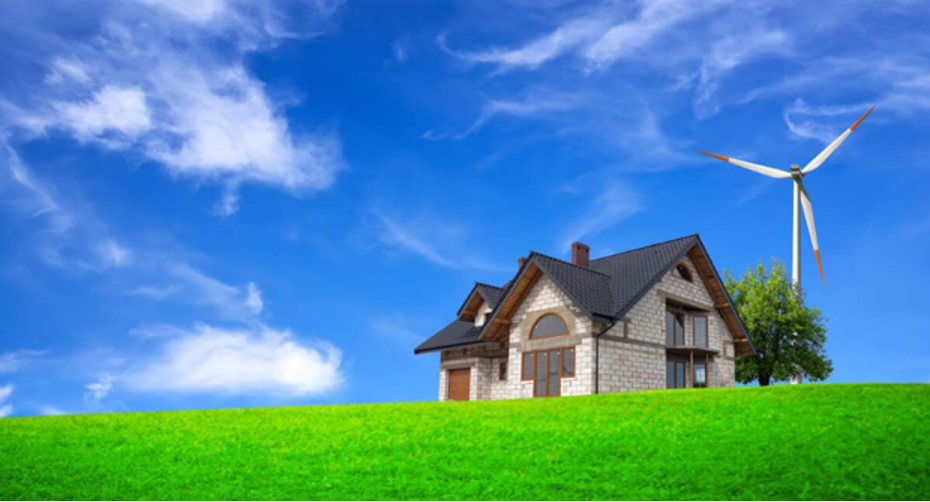
Address
1758 Firman Dr. Suite 100 Richardson, TX 75081
Call
(972) 675-7725
Residential Wind Power: Revolutionary Tech or Overhyped Myth?
As someone who's had solar panels since childhood, I've always wondered: why don't we see wind turbines on residential rooftops? While massive wind farms dot our landscapes and offshore installations generate clean electricity at scale, residential wind power seems stuck in limbo. Let's explore why this is happening and what the future might hold.
The Current State of Wind Energy

Wind power isn't new - humans have harnessed wind energy since 5,000 BC for everything from sailing ships to grinding grain. Today, it's a significant power source:
Yet, residential wind power hasn't caught up with solar's popularity. Why?
Major Challenges Facing Residential Wind Power
1. The Availability Challenge
Unlike solar panels that can work anywhere with sunlight, wind turbines face more complex challenges:
Wind Speed Requirements:
Location Matters:
2. The Space and Installation Challenge
While solar panels fit neatly on existing roofs, wind turbines face several hurdles:
Height Requirements:
Zoning and Permits:
3. The Practical Challenges
Rooftop Installation Issues:
Promising Solutions on the Horizon
Vertical Axis Wind Turbines (VAWT)
Companies like Harmony Turbines are developing innovative solutions:
Advantages:
Harmony Turbines Specifics:
Creative Infrastructure Integration
Several companies are exploring innovative placement options:
The Future of Residential Wind Power

While challenges remain, several factors suggest a brighter future:
Technological Advances:
Market Evolution:
What This Means for Homeowners
For those interested in residential wind power:
Looking Ahead
While residential wind power faces challenges, innovation continues. Companies like Harmony Turbines show promise in addressing key issues:
The future might see wind power becoming a more common sight in residential areas, especially as technology improves and costs decrease. Just as solar panels evolved from novelty to mainstream, residential wind power might follow a similar path.
Want to stay updated on residential wind power developments? Subscribe to our newsletter for the latest in renewable energy technology.
Key Takeaways
Have thoughts about residential wind power? Share your experiences or questions in the comments below.

Address
1758 Firman Dr. Suite 100 Richardson, TX 75081
Call
(972) 675-7725